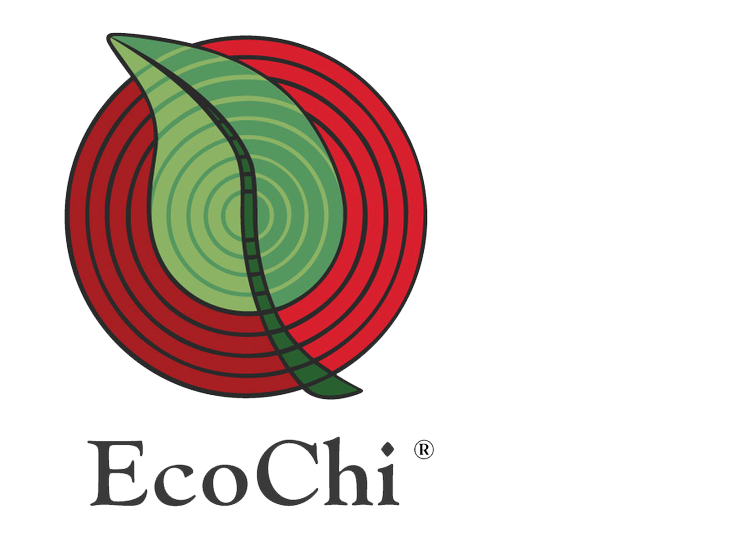All The World’s Data Could Fit In An Egg
An EcoChi Vital Abstract
This article was published in June 2019 by James E. Dahlman, Scientific American.
Billions of years before humans developed hard drives, evolution chose DNA to store its most precious information: the genetic code. Over time DNA became so proficient at this task that every known life-form on earth uses it. With recent technological breakthroughs that allow us to easily “read” and “write” DNA, scientists are now repurposing this age-old molecule to store new types of information—the kind that humans are generating at an exponential rate in the age of big data. The concept of repurposing DNA to store information beyond genetic code has been discussed extensively. The long-term protection of data, like those of a website that rebooted after a period of dormancy, exposes where existing technologies are vulnerable and clunky. And it’s not just a spatial problem: significant energy is needed to maintain data storage. The properties of DNA have the potential to get around these issues. DNA is stable for extended periods, which means the integrity and accuracy of information can be maintained. If kept in a cool, dry environment, DNA can almost certainly last tens of thousands of years. DNA information-storage density is about a millionfold higher than the physical storage density in hard drives. Although DNA has commonly been thought of as a storage medium, there are still significant scientific, economic and ethical hurdles to overcome before it might replace traditional hard drives. In the meantime, DNA is becoming more widely—and immediately—useful as a broader form of information technology. DNA has been used, for instance, to record old Hollywood films, preserving the classics in genetic code instead of fragile microfilm. Even more recently, DNA has been used as a tool to design safer gene therapies, speed up anticancer drug development and even generate what is perhaps the first genetic “live stream” of a living organism. Currently the concerns around DNA storage involve a person’s genetic code itself—the discussion has been around protecting identity. But in the future, if other categories of information such as health care data, legal contracts and individual digital histories were stored in DNA, this scenario would launch even more questions about the vulnerability of DNA storage in the realms of both physical security and cybersecurity. Because so much information can be held in such a tiny space, how will data be distributed to avoid too much concentration in a single place? When I consider all the hard work—both scientific and ethical—that needs to be accomplished, it can seem daunting. I like to think about the Wright brothers because I grew up in the same Ohio town they did. Their first flight lasted 12 seconds and 37 meters. Sixty-six years later, without the advantages of modern computing, humans landed on the moon. These feats make me optimistic that we can harness the natural power of DNA over the next few decades and, by actively acknowledging its capability to do harm, help to ensure it mostly does good.
Copyright © 2019 EcoChi, LLC. All rights reserved.




